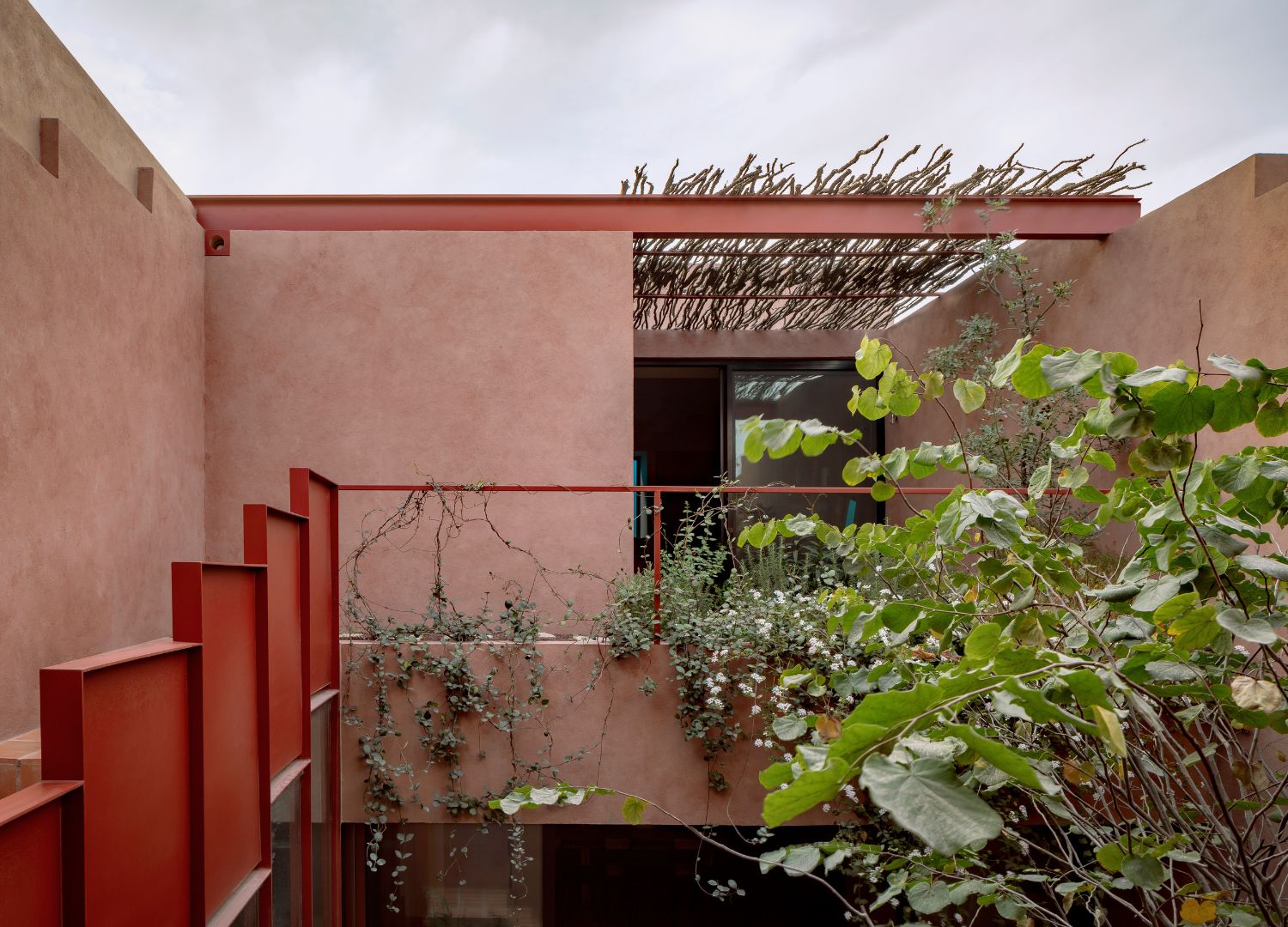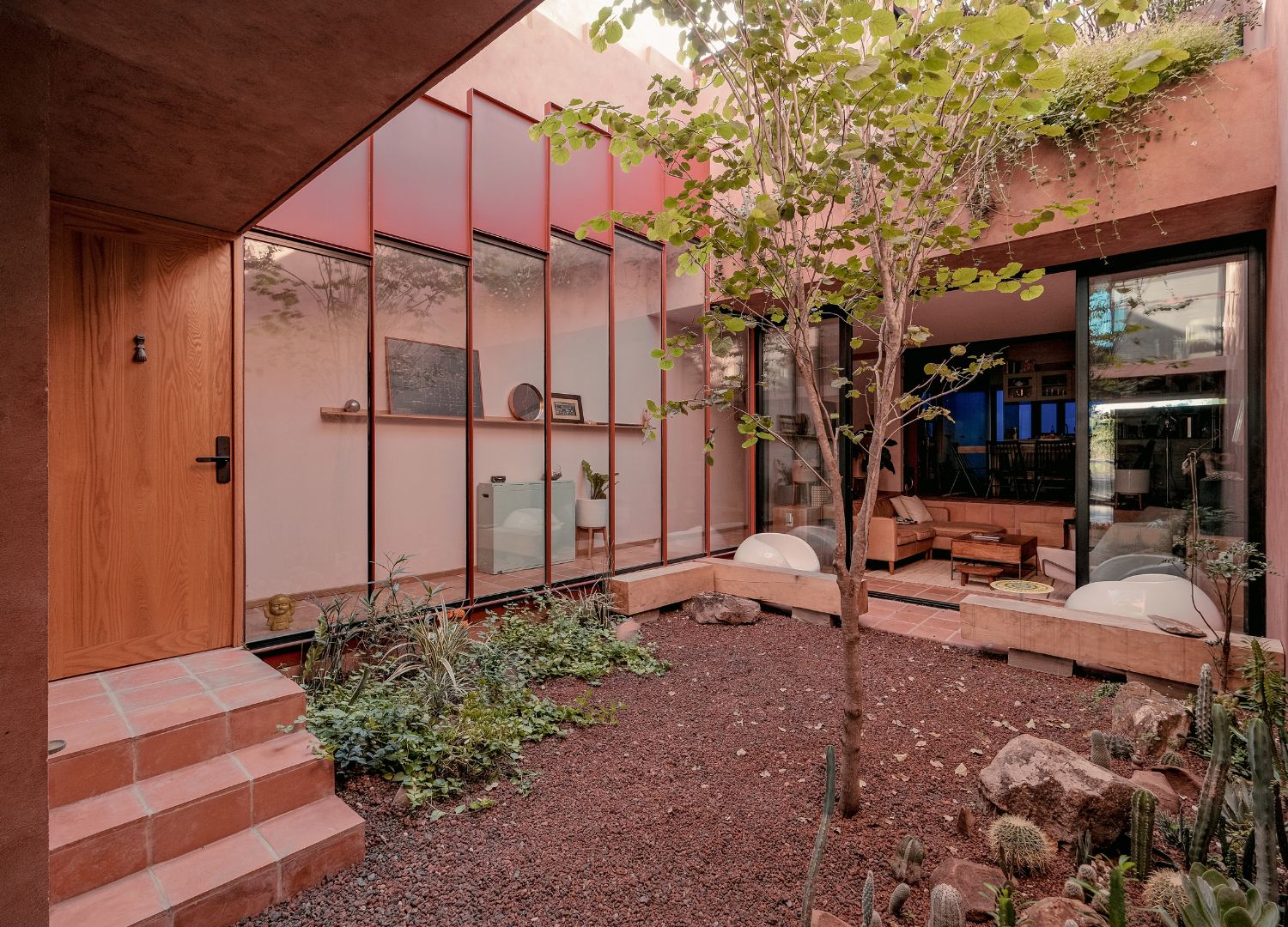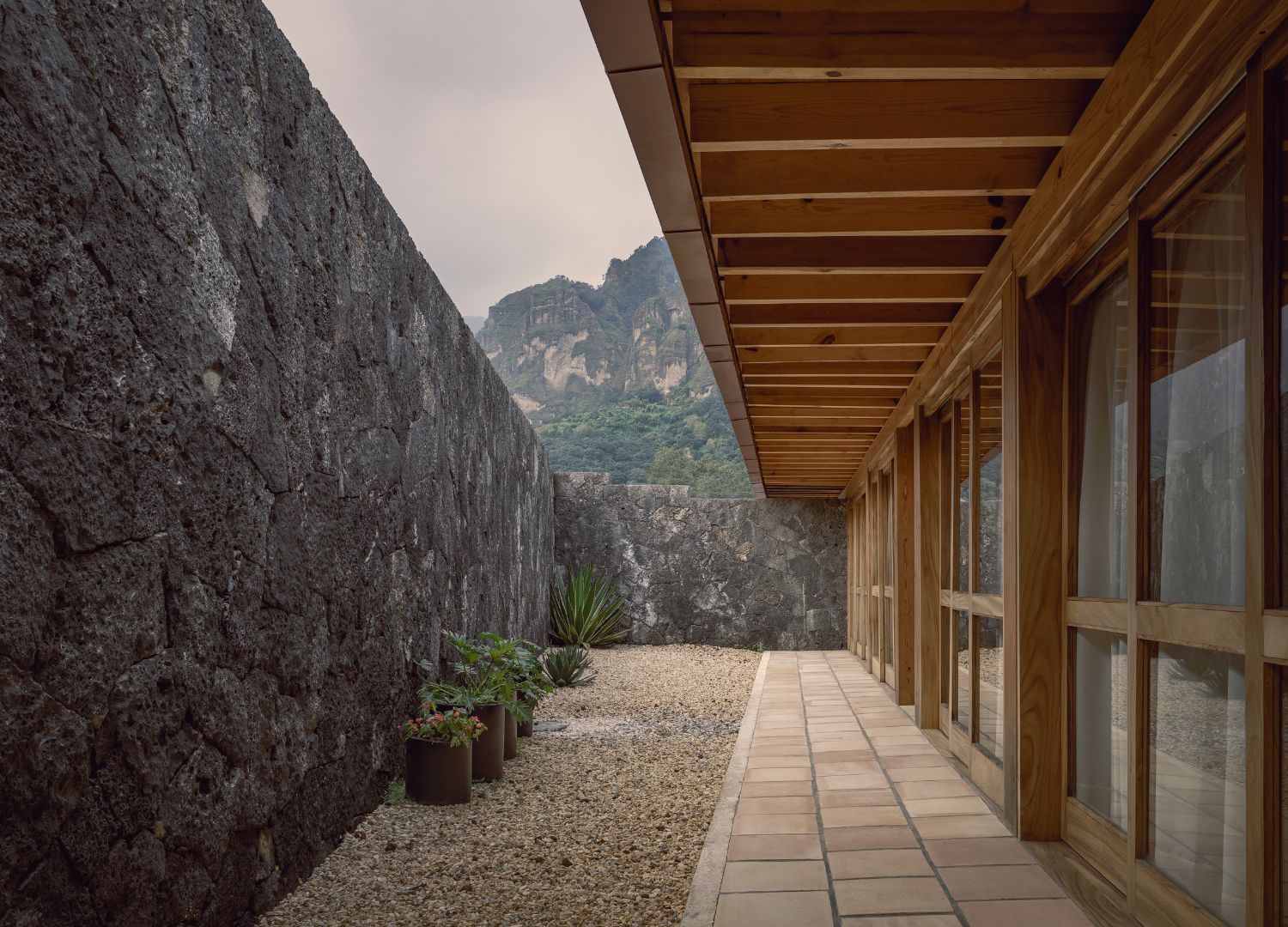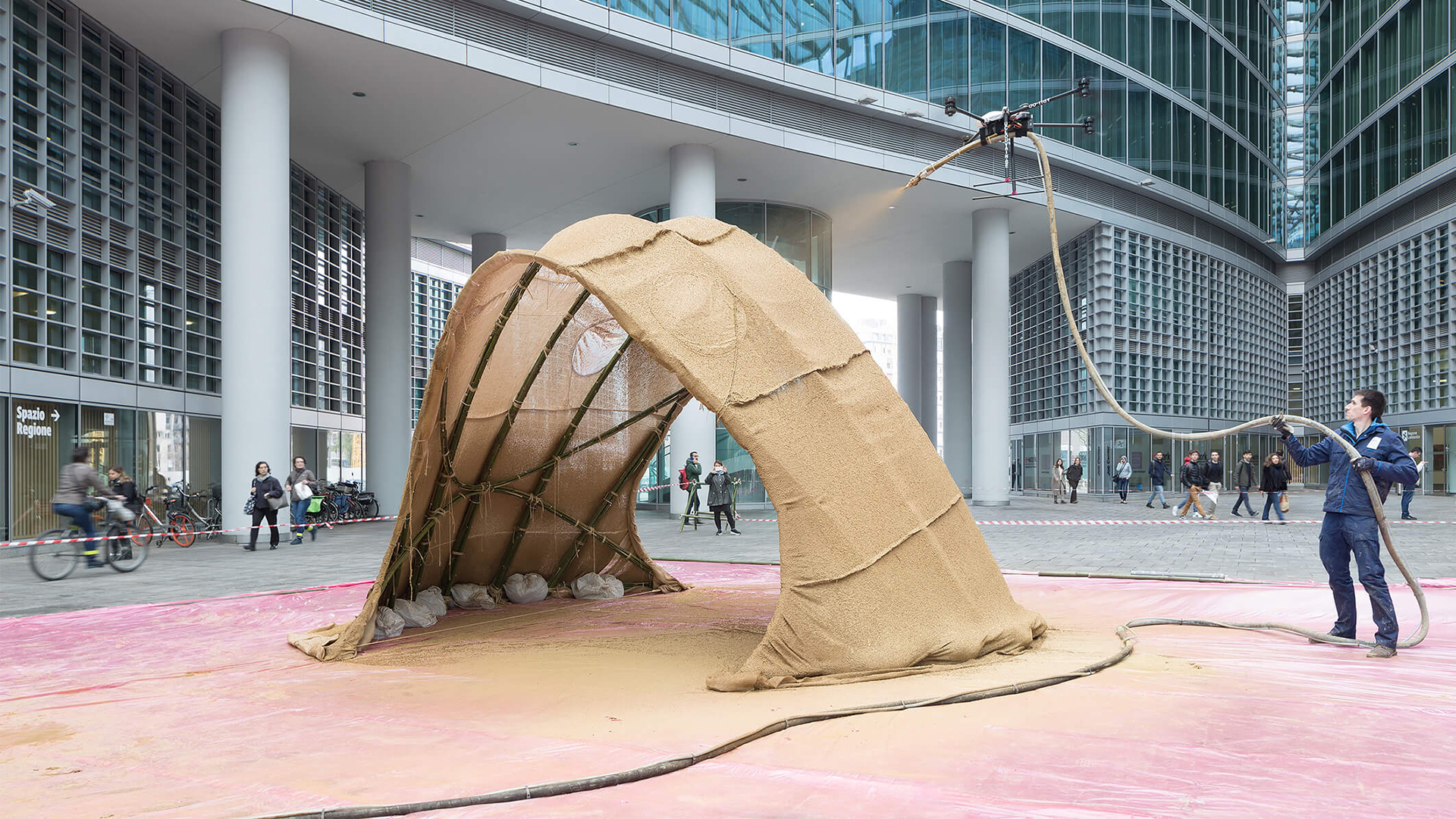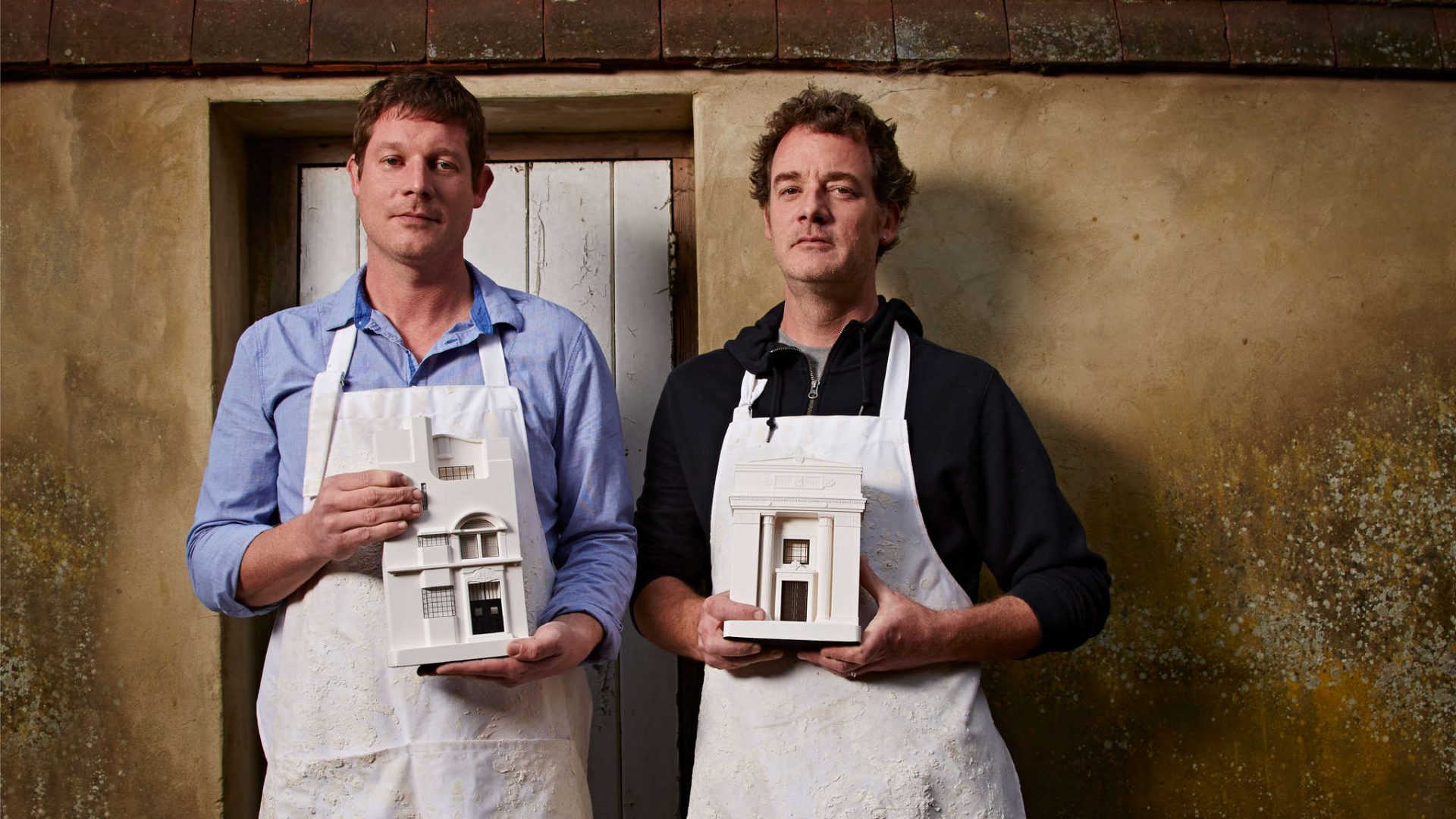Building environments that linger in memory long after they are experienced
Through their work, Práctica Arquitectura strives to create spaces that become enduring memories, blending theoretical precision with emotional resonance.

Práctica Arquitectura, founded by David Martinez in 2017 in Monterrey, Mexico, is a design studio that sees architecture as a meticulous craft shaped by history and emotions. David Martinez embarked on his design journey with a deep passion for creative expression, initially drawn to architecture after discovering the profound impact a house can have on people’s lives.
Influenced by “The Fountainhead” by Ayn Rand and his mentor Agustín Landa Vertiz, Martinez found his calling in architecture, where he learned to tell stories through spaces. Within Práctica Arquitectura, research is centered on three key pillars: context, client needs, and the studio’s philosophy.

Each project is an exploration of these elements, resulting in spaces that resonate with meaning and emotion. The studio’s commitment to education fosters a culture of continuous learning, encouraging critical thinking and innovative solutions that enrich their surroundings.
Who is David Martínez? How did your design journey begin?
David Martínez:
“I have always been drawn to activities that allowed me a free form of expression. In my adolescence, I was very interested in painting, philosophy, and music, but I had never paid attention to architecture until a friend told me the story of “Falling Water”. I was captivated by how important a house can be to other people, and soon after, I discovered a book that portrayed the architect as a hero defending the freedom of critical thinking, “The Fountainhead” by Ayn Rand.
I believe it was after that pair of events, and perhaps a few more, that I decided to become an architect. I fell in love with the idea of architecture. It was not until a couple of years later, when I met Agustín Landa Vertiz, that I understood what it means to be an architect.”
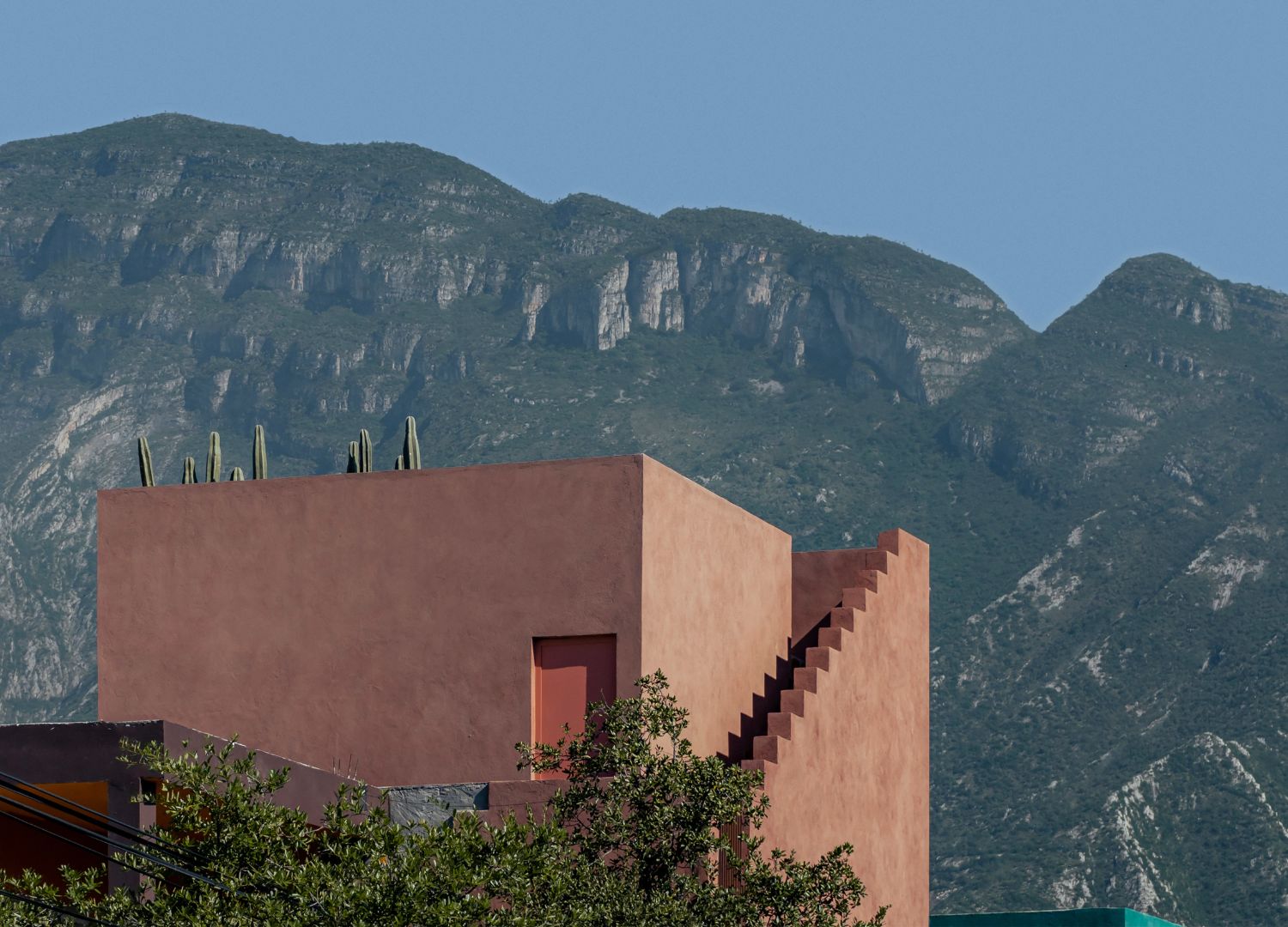
What led you to specialize in the realm of architecture?
David Martínez:
“I love listening to stories, and I think I’m not very good at telling them. I strongly associate spaces with stories; I believe that when a space is able to speak, that’s when I feel happiest.”
Prior to starting a new project, what type of research do you do and why? What information do you look for and where?
David Martínez:
“Within the office, we have three very clear premises: the context, the client (program), and our philosophy at Practica Arquitectura. Research is always developed around these three themes. Our philosophy is what keeps the projects we work on consistent; however, we always seek to enrich it. The context and the client are the fluctuating factors, equally important, without them, there can be no project.”
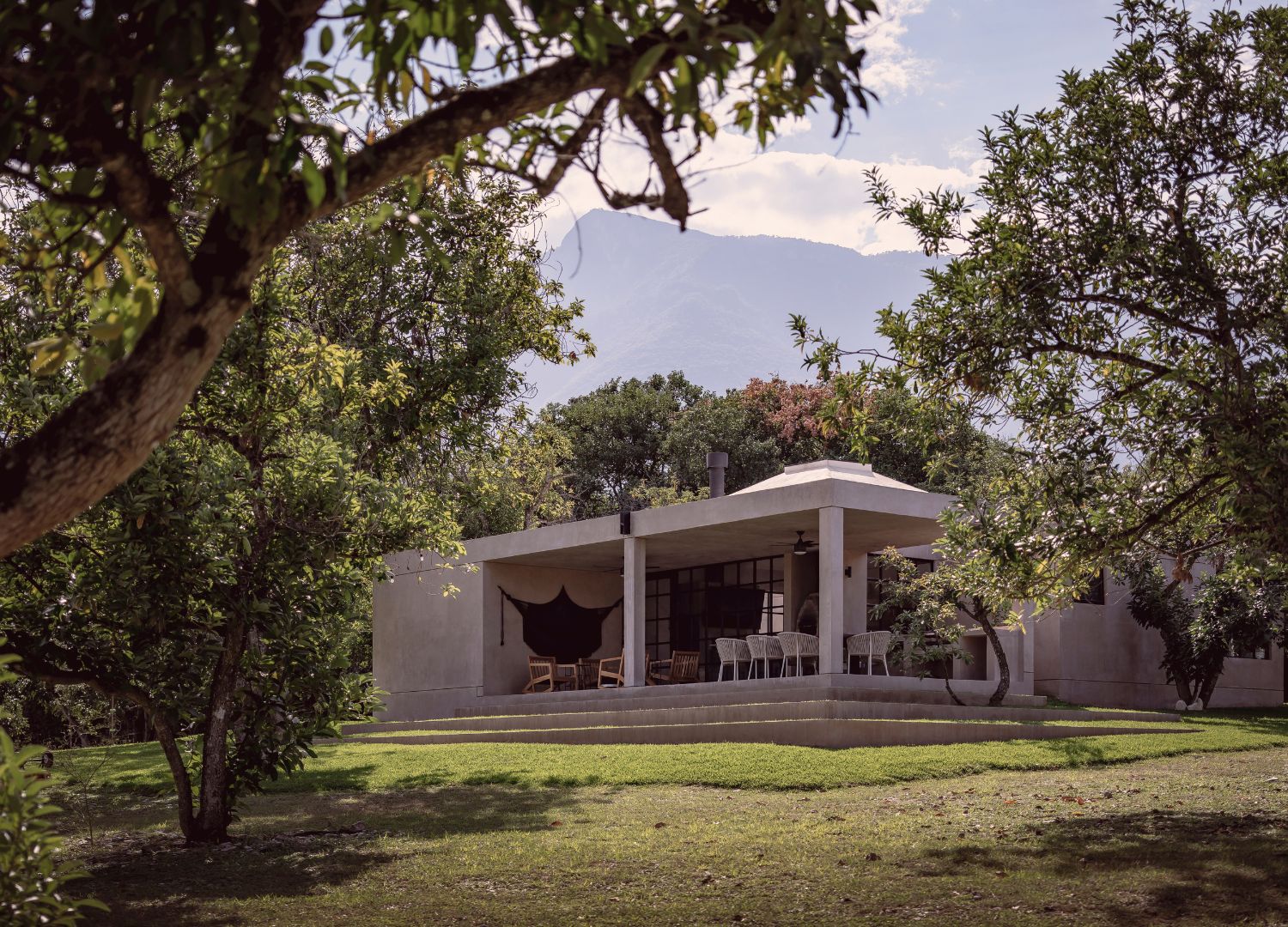
When working on a project, out of the many ideas you generate, how do you identify a good one?
David Martínez:
“We work as many as necessary, it’s never an isolated idea, it’s probably the sum of many previous versions, since you understand the project better. Although the project’s resolution is never finished, you know you’re on the right track when things, parts, decisions start to click together.”
Developing an architectural project from the brief to the final result can be long and challenging: what have you learned and discovered through experience in this process?
David Martínez:
“You have to be very patient and know how to give time time. Architecture is a very slow exercise, and people are changing beings; sometimes we recognize ourselves in the decisions we made in the past and sometimes we do not. You have to know when to listen to your instinct and have faith in the process.”
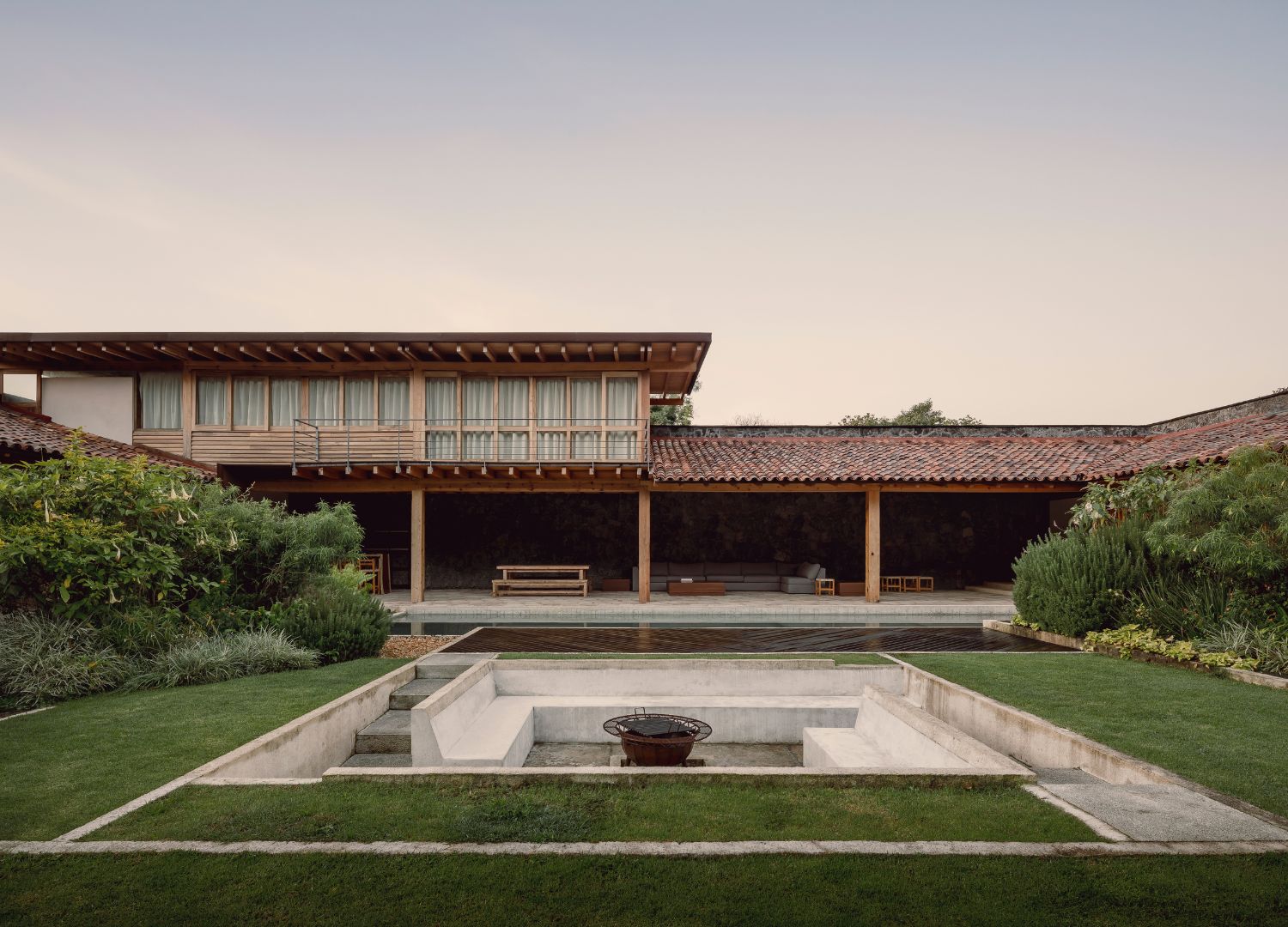
Which designers/architects are you inspired or influenced by? What other fields and inputs outside of the design world provide you inspiration?
David Martínez:
“Geoffry Bawa, Rothko, Ferdinand Bac, México Prehispánico, Christo & Jeanne-Claude, Josef Albers, and many more”.
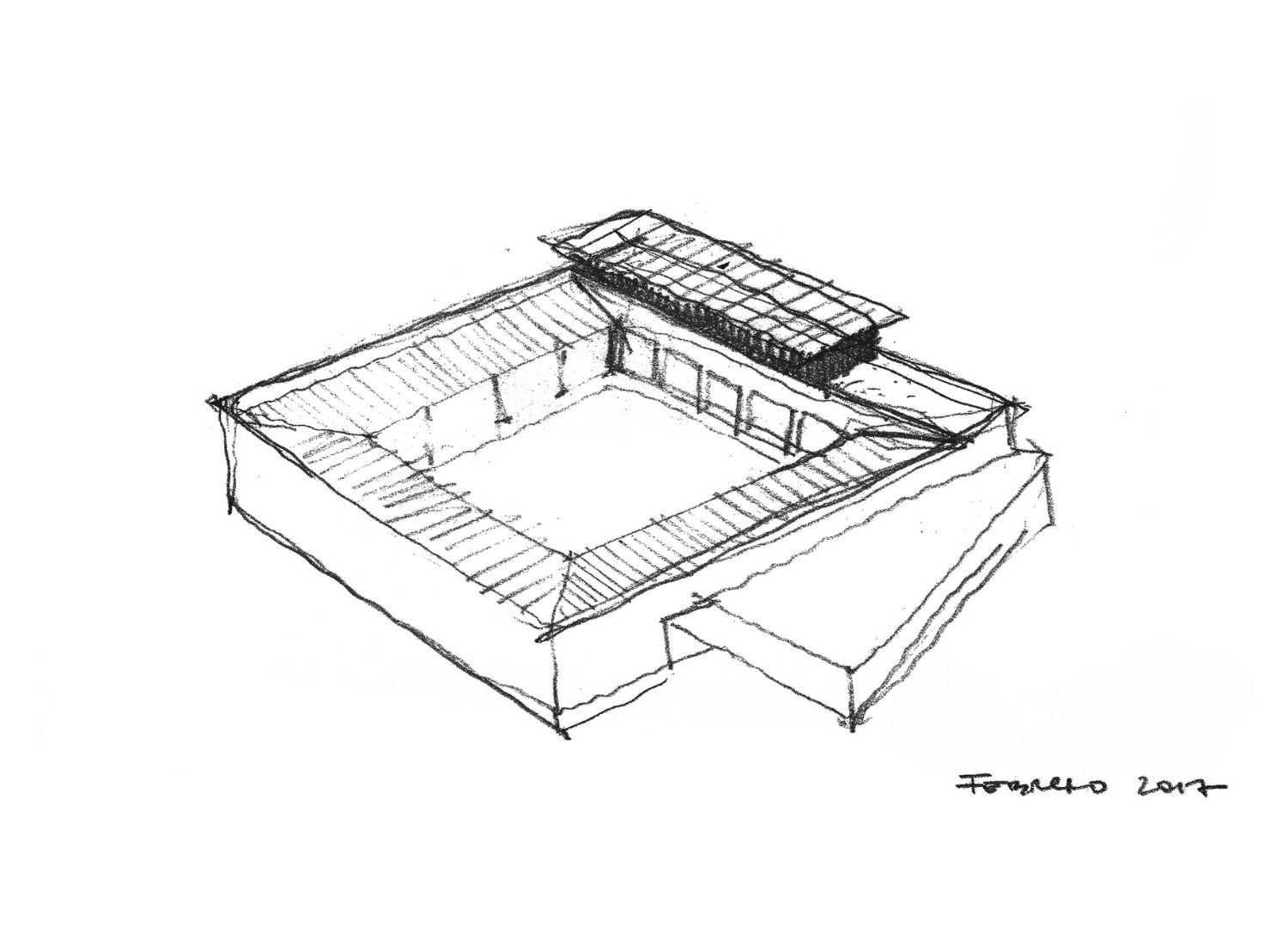
What is your relationship with social media? What is the impact of social media on your work as compared to the “real” world?
David Martínez:
“It’s important in two aspects. It leads me to meet admirable people whom I otherwise could not have met, and it helps us to gain relevance in the field for the interest of future clients.”




